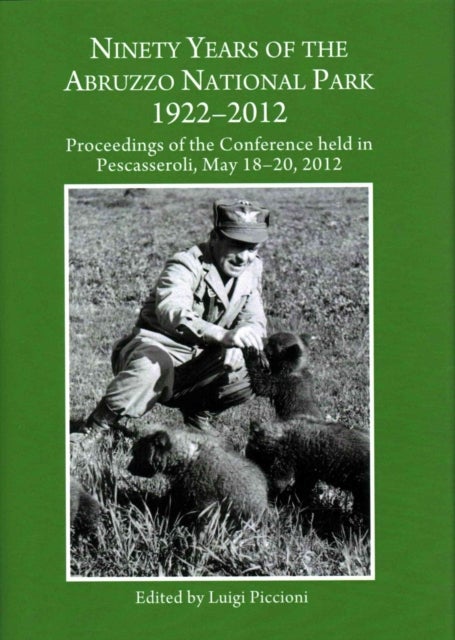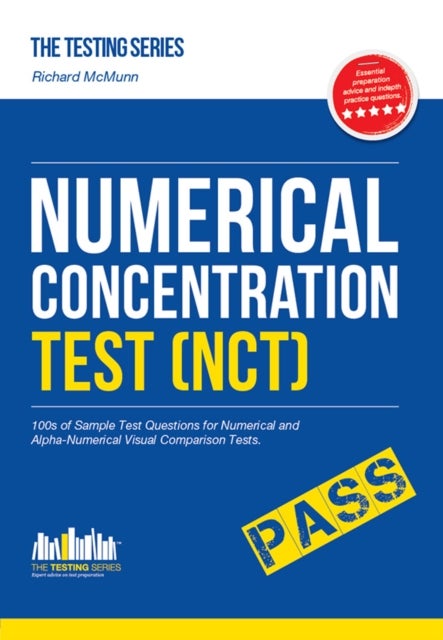
Virtual Searches av Christopher Slobogin
369,-
<p><b>A close look at innovations in policing and the law that should govern them</b><br/>A host of technologies¿among them digital cameras, drones, facial recognition devices, night-vision binoculars, automated license plate readers, GPS, geofencing, DNA matching, datamining, and artificial intelligence¿have enabled police to carry out much of their work without leaving the office or squad car, in ways that do not easily fit the traditional physical search and seizure model envisioned by the framers of the Constitution. <i>Virtual Searches</i> develops a useful typology for sorting through this bewildering array of old, new, and soon-to-arrive policing techniques. It then lays out a framework for regulating their use that expands the Fourth Amendment¿s privacy protections without blindly imposing its warrant requirement, and that prioritizes democratic over judicial policymaking. <br/>The coherent regulatory regime developed in<i> Virtual Searches</i> ensures that police are held ac








